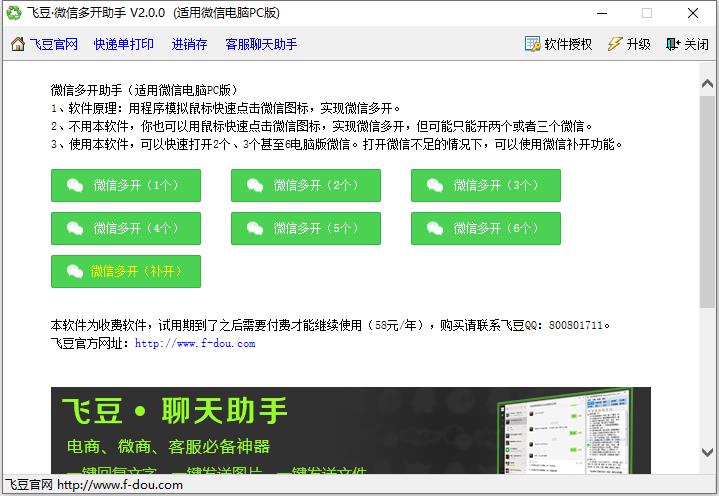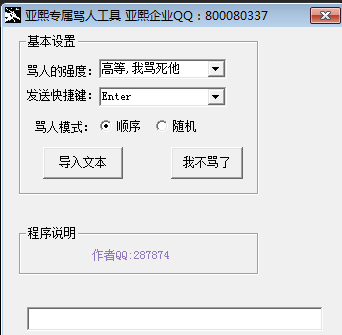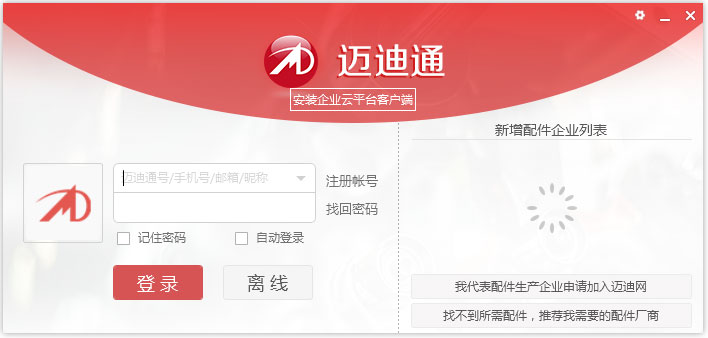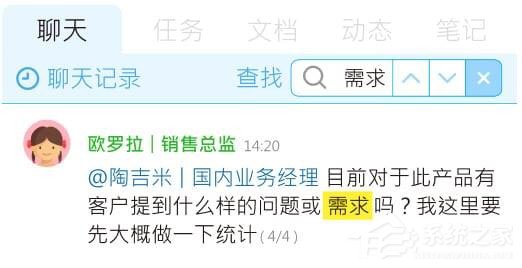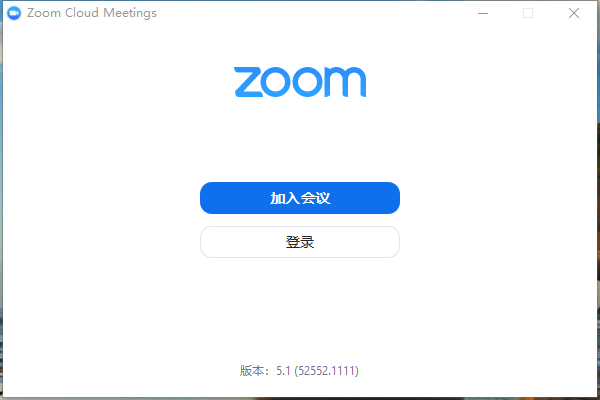golang实现双向链表
时间:2023-05-11 03:14
双向链表(Doubly linked list)是一种常用的数据结构,它使得我们可以在 O(1) 时间复杂度内在链表的任意位置执行插入、删除或查询操作。 在 Golang 中实现双向链表需要使用指针,因为 Golang 中的所有类型都是值类型,无法直接修改原始数据。通过指针,我们可以轻松地进行值的修改和传递,从而实现双向链表的操作。 下面是一个简单的 Golang 实现的双向链表: 在上面的代码中,我们首先定义了一个 然后,我们定义了一个 下面是实现双向链表所需的几个方法: 在定义了这几个方法后,我们可以在 在上面的代码中,我们首先实例化了一个 接着,我们删除了元素 3,并再次调用 这个简单的 Golang 实现的双向链表演示了如何使用指针来创建和修改链表,以及如何实现链表的插入、删除和查询等操作。如果你需要使用双向链表来创建高效的数据结构,请参考上面的代码来学习如何在 Golang 中实现双向链表。 以上就是golang实现双向链表的详细内容,更多请关注Gxl网其它相关文章!package mainimport "fmt"type Node struct { data int previous *Node next *Node}type LinkedList struct { head *Node tail *Node}func (list *LinkedList) insertAtBeginning(data int) { newNode := &Node{ data: data, previous: nil, next: nil, } if list.head == nil { list.head = newNode list.tail = newNode return } newNode.next = list.head list.head.previous = newNode list.head = newNode}func (list *LinkedList) insertAtEnd(data int) { newNode := &Node{ data: data, previous: nil, next: nil, } if list.tail == nil { list.head = newNode list.tail = newNode return } newNode.previous = list.tail list.tail.next = newNode list.tail = newNode}func (list *LinkedList) delete(data int) bool { currentNode := list.head for currentNode != nil { if currentNode.data == data { if currentNode == list.head { list.head = currentNode.next list.head.previous = nil } else if currentNode == list.tail { list.tail = currentNode.previous list.tail.next = nil } else { currentNode.previous.next = currentNode.next currentNode.next.previous = currentNode.previous } return true } currentNode = currentNode.next } return false}func (list *LinkedList) display() { currentNode := list.head for currentNode != nil { fmt.Printf("%d ", currentNode.data) currentNode = currentNode.next } fmt.Println()}func main() { list := LinkedList{} list.insertAtEnd(1) list.insertAtEnd(2) list.insertAtEnd(3) list.insertAtBeginning(4) list.display() list.delete(3) list.display()}Node 结构体,该结构体包含链表中的每个节点所需的三个数据:data、previous 和 next。其中,data 存储节点的值,previous 存储上一个节点的地址,next 存储下一个节点的地址。LinkedList 结构体来表示整个链表。该结构体包含链表的头指针 head 和尾指针 tail。// 在链表头部插入一个元素func (list *LinkedList) insertAtBeginning(data int) { newNode := &Node{ data: data, previous: nil, next: nil, } if list.head == nil { list.head = newNode list.tail = newNode return } newNode.next = list.head list.head.previous = newNode list.head = newNode}// 在链表尾部插入一个元素func (list *LinkedList) insertAtEnd(data int) { newNode := &Node{ data: data, previous: nil, next: nil, } if list.tail == nil { list.head = newNode list.tail = newNode return } newNode.previous = list.tail list.tail.next = newNode list.tail = newNode}// 删除链表中指定的元素func (list *LinkedList) delete(data int) bool { currentNode := list.head for currentNode != nil { if currentNode.data == data { if currentNode == list.head { list.head = currentNode.next list.head.previous = nil } else if currentNode == list.tail { list.tail = currentNode.previous list.tail.next = nil } else { currentNode.previous.next = currentNode.next currentNode.next.previous = currentNode.previous } return true } currentNode = currentNode.next } return false}// 打印链表的所有元素func (list *LinkedList) display() { currentNode := list.head for currentNode != nil { fmt.Printf("%d ", currentNode.data) currentNode = currentNode.next } fmt.Println()}main 函数中实例化一个链表对象并进行操作:func main() { list := LinkedList{} list.insertAtEnd(1) list.insertAtEnd(2) list.insertAtEnd(3) list.insertAtBeginning(4) list.display() list.delete(3) list.display()}LinkedList 对象 list,然后我们按顺序插入了四个元素:1、2、3 和 4。我们在第一次调用 display 方法时,将输出链表的内容:4 1 2 3
display 方法,输出链表的最新内容:4 1 2
